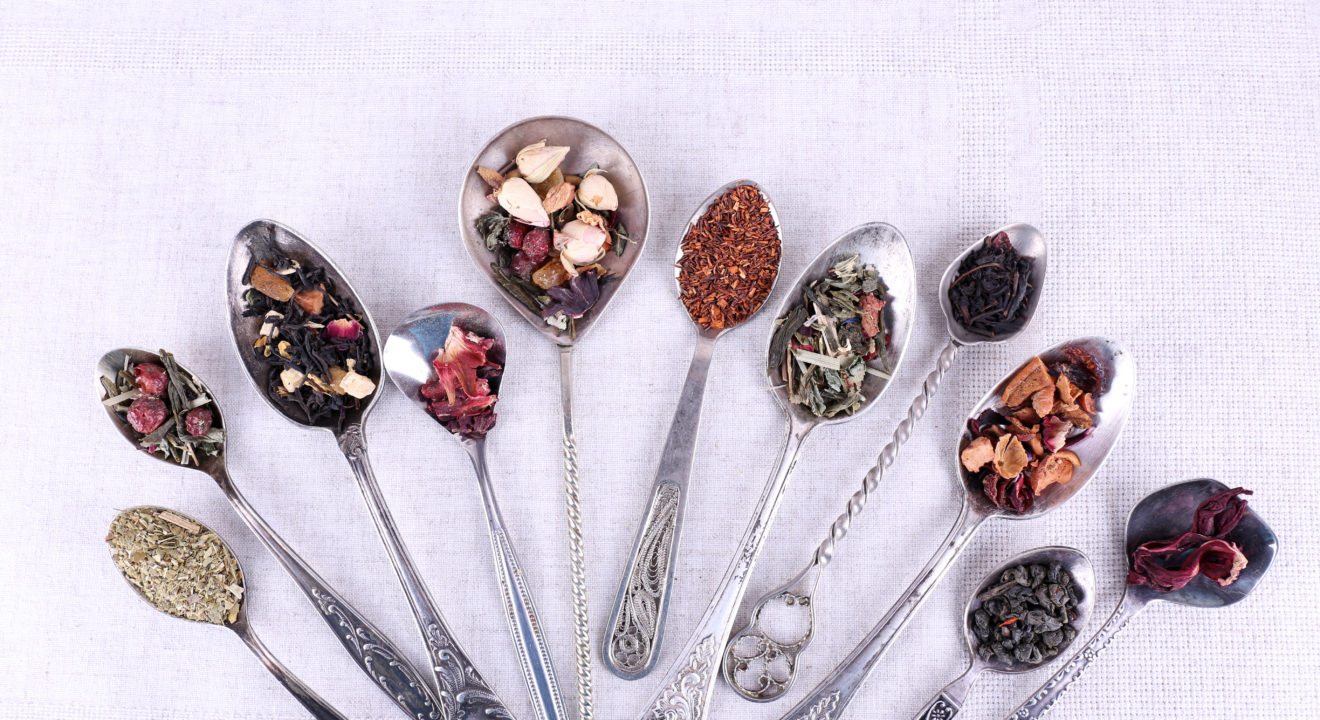February 10, 2017


Chamomile, green, black … there are so many varieties of tea that people drink around the world. And with those teas, there are different rituals for drinking them. From Japan to India to Ireland, the way we consume tea is intricate to the culture it is consumed in. Here is a look into the tea customs around the world.
Tea is the most commonly drunk beverage in Japan and is an important part Japanese of food culture. Green tea is the most common type and it is central to the tea ceremony, in which people drink Matcha, or powdered green tea. It was first introduced in the 1st century AD and was a highly coveted luxury item, usually reserved for medicinal purposes.
When tea became available to the masses, parties were held and people played the tea guessing game, in which they drank from cups and had to guess what type of tea was in each and where it came from. Today you can even buy tea from vending machines in Japan.
To welcome someone into your home in India, say “Chai-Pani,” meaning tea and water. It is the traditional greeting for any guest or simply asking if someone needs refreshment. All of the tea in the world today once came from India, and was cultivated there for millennia before it traveled around the world.
India is the second largest producer of tea and the world’s largest consumer of it. It is recognized as India’s national drink. Today tea stalls dot the urban landscape and people step out to buy locally cultivated tea daily.
It might seem like the opposite of what you’d expect, but in Saudi Arabia people drink warm tea to cool down. Teas there are very similar to breakfast teas across the world, and it’s called Chai tea because in Farsi that means green juice. Tea is a hospitality beverage and served at all social occasions, except Ramadan. No one turns down tea, especially during a business meeting since it’s offensive.
Tea culture in Senegal revolves around mint tea. Like in other places, tea is a social drink that promotes conversations and maintains friendships because of the intricacy of making the tea. Here it is served in three separate stages – bitter, sweet and sweetest – much like the stages of the relationships that it is said to preserve.
While known for Guinness beer and Jameson Whisky, Ireland should be known for its love of tea. The Irish drink more tea per capita than anyone else in the world (four to six cups per day) because it’s believed to keep the tempers at bay on a cold, rainy day.
Irish tea is brewed much stronger than English tea, and it is heresy to even think about drinking it black. Running out of tea in the house is considered a major crisis. As in other countries, tea is a social beverage. A guest is immediately offered tea when they enter a home, and don’t try to have a secret teatime with just yourself if you live with roommates.
In Argentina people drink the indigenous mate made from the leaves of the yerba mate plant. It’s an herbal tea that is popular in many other Latin American countries. It is traditionally served in a hollow gourd and drunk through a metal straw.
There is an elaborate sharing ritual for drinking mate. The server pours the water into the gourd and then it passed clockwise around the group. Each person drinks the gourd dry when it is their turn to drink from the gourd. When drinking mate, never stir the straw or wipe the straw off, as it is considered bad etiquette.
The United States drinks tea just like any other country. After all, the United States did invent the tea bag. Tea may be associated with grandmothers, but really it’s loved at all ages. A southern spin to traditional tea is sweet tea, which is brewed, sweetened and chilled before drinking. Contrary to the rest of the word, tea in the United States is generally served cold or iced.
Across the world people pull out their teapots, boil some water and steep their tea, but as it has traveled from place to place, cultures have adopted different types of tea and different practices for serving it. Hospitality remains the uniting factor for tea across the globe.